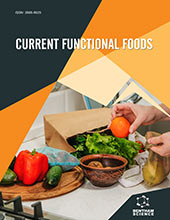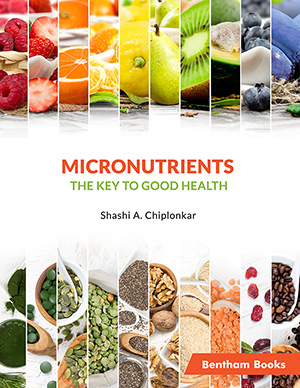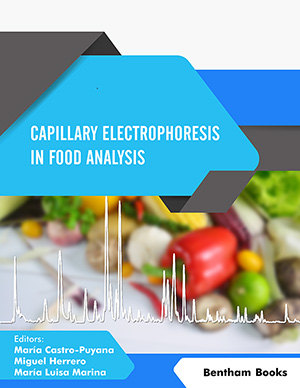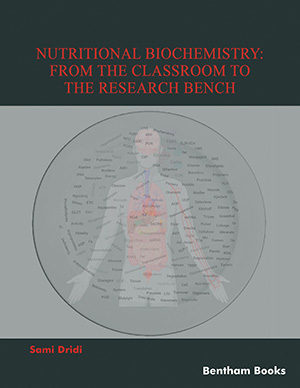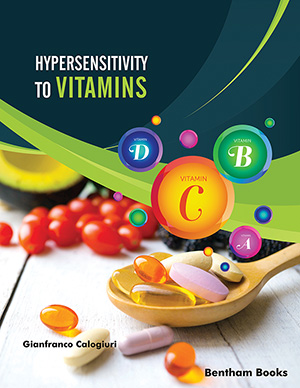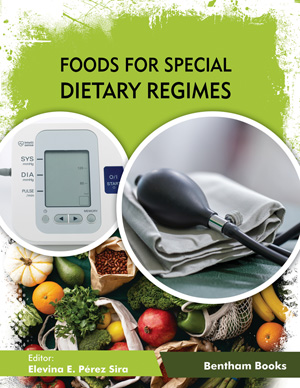
Abstract
Background: Banana by-products are undervalued and their potential remains untapped. They are often composted after the fruits are harvested, reducing the cause of environmental pollutions due to open burning.
Objectives: The study aims to identify the bioactive compounds in banana [Musa acuminate x balbisiana Colla cv. Saba (Musaceae)] inflorescence buds that are responsible for the antibacterial activity on selected foodborne pathogens.
Methods: Dried inflorescence buds were extracted using methanol and subsequently partitioned into chloroform, ethyl acetate, butanol and deionized water. Further isolation of bioactive components was based on a bioassay-guided fractionation and the inhibitory activity at various concentrations against selected foodborne pathogens was determined. The compounds were identified using highperformance liquid chromatography coupled with electrospray ionization tandem mass spectrometry (LC-MS/MS).
Results: The SPE-fraction 3 (BWF-3) purified from the methanolic water partition of banana inflorescence showed the most prominent inhibition against Staphylococcus aureus with minimum inhibitory concentration at 12.0 μg/ml. The BWF-3 was later identified as proanthocyanidins with epigallocatechin as the main extension unit. Additionally, the survival of Listeria monocytogenes increased with the fortification of ferum (II) and (III) at a concentration as low as 1 mM but not for the calcium, magnesium, manganese and glucose.
Conclusion: The methanolic partition of banana inflorescence buds could be a potential source of natural antibacterial for food and pharmaceutical applications.
Keywords: Banana by-product, epigallocatechin, foodborne pathogens, inflorescence buds, Musa acuminate, proanthocyanidin.
[http://dx.doi.org/10.1556/1886.2017.00001] [PMID: 28386474]
[http://dx.doi.org/10.1016/j.tifs.2018.08.001]
[http://dx.doi.org/10.1016/j.drudis.2015.01.009] [PMID: 25617672]
[http://dx.doi.org/10.4209/aaqr.2013.01.0031]
[http://dx.doi.org/10.1016/j.jbiotec.2012.09.014] [PMID: 23036924]
[http://dx.doi.org/10.1002/ep.12798]
[http://dx.doi.org/10.1016/j.ultsonch.2016.09.019] [PMID: 27707645]
[http://dx.doi.org/10.1016/j.fuel.2017.10.105]
[http://dx.doi.org/10.1007/s13399-016-0222-x]
[http://dx.doi.org/10.1021/jf204715q] [PMID: 22394060]
[http://dx.doi.org/10.1016/j.chemosphere.2018.06.179] [PMID: 30077103]
[http://dx.doi.org/10.1016/j.foodres.2013.11.039]
[http://dx.doi.org/10.1002/jsfa.7229] [PMID: 25914102]
[http://dx.doi.org/10.1590/S1517-83822007000200034]
[http://dx.doi.org/10.1111/lam.12814] [PMID: 29063625]
[http://dx.doi.org/10.1128/AEM.02521-10] [PMID: 21317249]
[http://dx.doi.org/10.1002/fsn3.264] [PMID: 26788319]
[http://dx.doi.org/10.1111/lam.12294] [PMID: 24888993]
[http://dx.doi.org/10.3390/antiox6010012] [PMID: 28165396]
[http://dx.doi.org/10.1016/j.foodchem.2010.04.072]
[http://dx.doi.org/10.1111/1541-4337.12298]
[http://dx.doi.org/10.4103/pm.pm_309_15] [PMID: 28808398]
[http://dx.doi.org/10.3390/molecules21081084] [PMID: 27548123]
[http://dx.doi.org/10.1016/j.chroma.2014.01.081] [PMID: 24565235]
[http://dx.doi.org/10.1016/j.foodchem.2013.08.068] [PMID: 24128495]
[http://dx.doi.org/10.1111/jam.13215] [PMID: 27349348]
[http://dx.doi.org/10.1038/srep46131] [PMID: 28383067]
[http://dx.doi.org/10.1007/s12649-016-9523-3]
[http://dx.doi.org/10.1016/j.foodcont.2013.10.023]
[http://dx.doi.org/10.3389/fmicb.2014.00434] [PMID: 25191312]
[http://dx.doi.org/10.5021/ad.2014.26.5.564] [PMID: 25324647]
[http://dx.doi.org/10.1016/j.indcrop.2015.09.067]
 22
22 1
1









